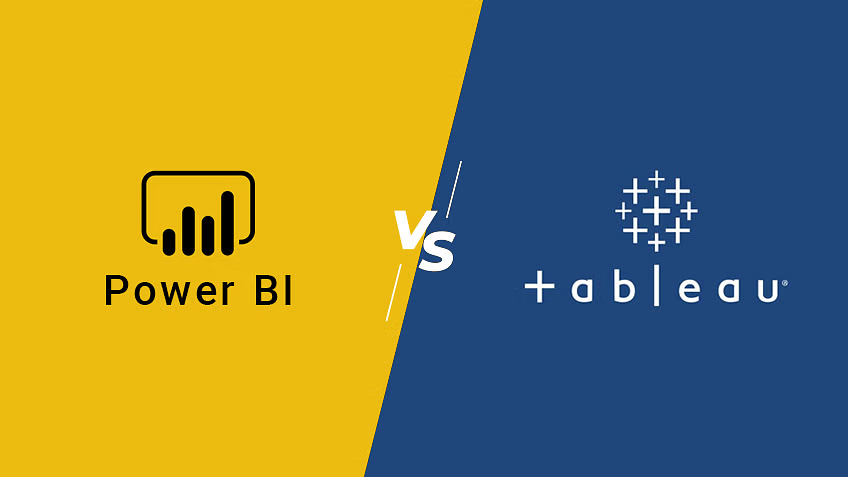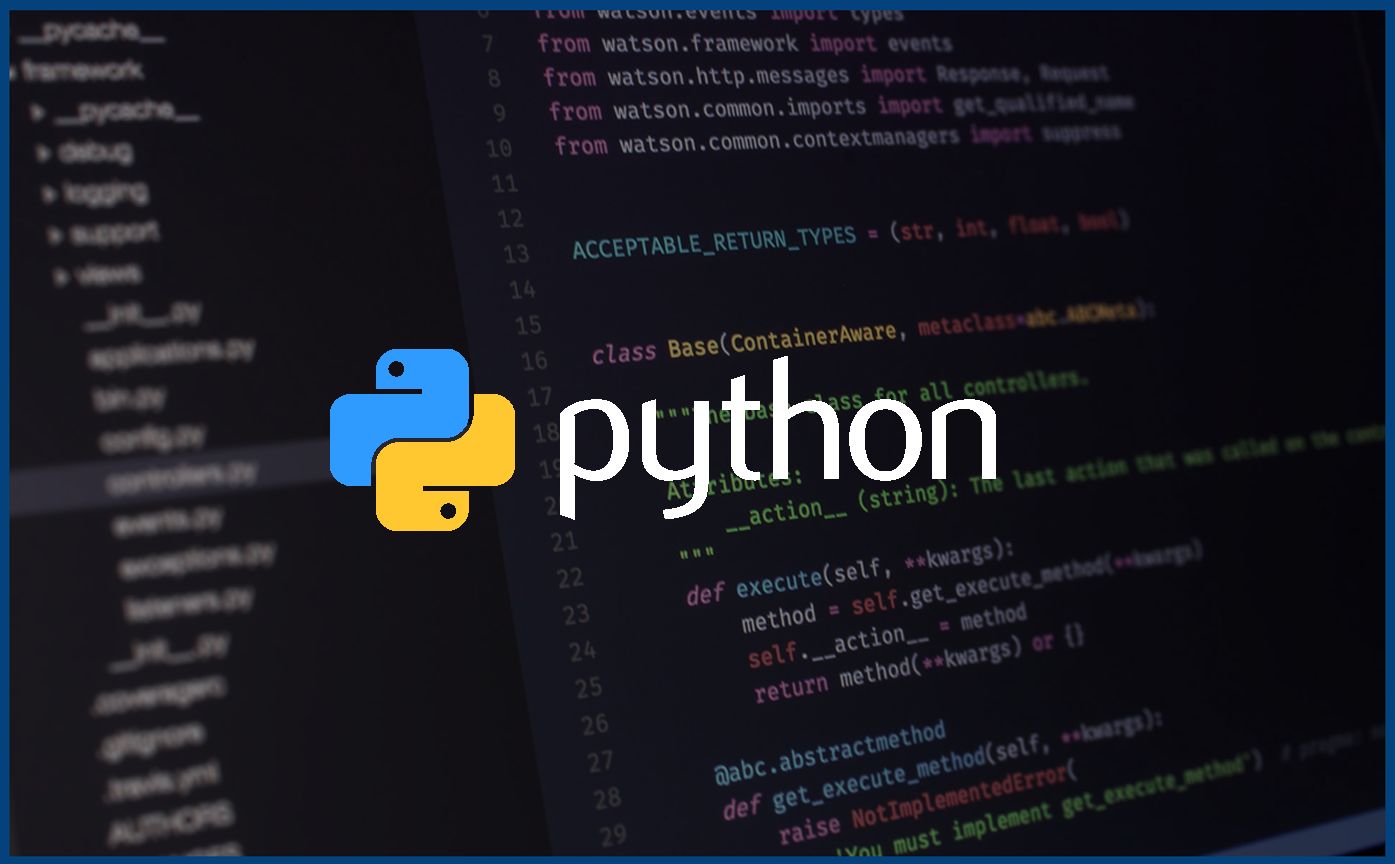Two platforms in data visualization and business intelligence stand out for their robust capabilities and widespread use: Power BI and Tableau. Both tools have carved out significant niches in the market, offering unique strengths that cater to various business needs. This article delves into a detailed comparison of Power BI and Tableau, examining their features, ease of use, and overall value to help you determine which platform might best fit your data visualization requirements.
Introduction to Power BI and Tableau
Power BI, a Microsoft product, debuted to the public in 2011, aiming to provide an intuitive interface for non-programmers to organize and visualize data. It has since evolved into a comprehensive suite of tools that includes Power BI Desktop, Power BI Pro, and Power BI Premium, each offering different levels of functionality and collaboration features. For those seeking expert Power BI consulting & development, the platform’s integration with Microsoft’s ecosystem makes it a particularly compelling choice.
Conversely, Tableau launched in 2004 with a mission to help people see and understand data. It offers a range of products, including Tableau Desktop, Tableau Server, and Tableau Online, which allow users to create interactive and shareable dashboards.
Similarities Between Power BI and Tableau
Despite their differences, Power BI and Tableau share several similarities:
Popularity: Both tools are highly regarded in the business intelligence community, with Power BI slightly edging out Tableau in terms of user ratings;
Visualization Capabilities: Each platform offers a wide array of visualization options, allowing users to create everything from simple bar charts to complex treemaps and geographical maps;
User Interface: Both Power BI and Tableau are designed with a user-friendly interface, making it easier for individuals without programming skills to create and interpret data visualizations.
Key Differences
While Power BI and Tableau share common ground, they also have distinct differences that can influence a user’s choice:
Cost: Power BI is generally considered more cost-effective, especially for small to medium-sized businesses or individual users. Tableau’s pricing can be higher, but it offers more advanced features that may justify the cost for larger enterprises or users with complex data needs;
Data Handling: Tableau is often praised for its ability to handle large and complex datasets, providing more flexibility in data exploration. Power BI, while capable, is sometimes viewed as less powerful in this regard but excels in integration with other Microsoft products and services.
Ease of Use: Power BI is known for its seamless integration with Excel and other Microsoft tools, making it a familiar choice for users already entrenched in the Microsoft ecosystem. Tableau, while user-friendly, has a steeper learning curve but offers more advanced capabilities for data analysis.
Extended Analysis: Power BI vs Tableau
Regarding advanced analytics, Tableau leads with its solid analytical capabilities, allowing for deeper data exploration and understanding. It supports complex calculations, trend analysis, and statistical computations, essential for making predictive models and uncovering hidden insights. While not as advanced in this domain, Power BI is rapidly improving with updates and integrations that enhance its analytical functions.
Community and Support
Both platforms boast a strong community and support system. Power BI users benefit from the vast Microsoft community, which offers extensive documentation, forums, and user groups. Tableau has a passionate user community known as Tableau Public, where users can share and connect with other data enthusiasts. The choice here may depend on which community best aligns with your organization’s culture and needs.
Mobile Accessibility
In today’s mobile-first world, accessibility to smartphones and tablets is crucial. Power BI offers a robust mobile application that allows users to access reports and dashboards on the go. Tableau also provides mobile support through its Tableau Mobile app, ensuring that users can interact with their data visualizations from anywhere.
Integration with Other Tools
Integration with other tools and systems is a key consideration for many businesses. Power BI offers seamless integration with Microsoft products such as Azure, SQL Server, and Office 365, making it a natural extension for those already in the Microsoft environment. Tableau, while it can integrate with various data sources, shines with its ability to connect with a wide range of external databases and applications, providing flexibility for diverse IT environments.
Choosing the right cloud solution requires careful consideration of your specific needs. Researching different SQL or Azure Services can help you determine if it’s the best fit for your business or developed project.
Training and Resources
The availability of training and resources is a vital factor for organizations considering the long-term development of their teams. Power BI and Tableau offer online courses, certifications, and training programs. Microsoft provides various learning paths for Power BI through its official learning platform, while Tableau offers comprehensive training options through Tableau eLearning.
Choosing the Right Tool for Your Needs
The decision between Power BI and Tableau ultimately depends on your specific needs and circumstances. Consider the following factors when making your choice:
- Budget: Assess the cost implications of each tool and how they align with your budget constraints;
- Data Complexity: Evaluate the complexity of your data and the level of detail you require in your visualizations;
- Existing Infrastructure: Take into account your current tech stack and how well each tool would integrate with your existing systems;
- Skill Level: Reflect on the skill level of the intended users and the resources available for training and support.
Conclusion
Both Power BI and Tableau offer compelling features for data visualization, but they cater to different user needs and preferences. Power BI’s integration with Microsoft’s suite and cost-effectiveness make it an attractive option for many. In contrast, Tableau’s advanced analytical capabilities and handling of complex datasets make it a powerhouse for data professionals. By carefully considering your organization’s requirements and the points discussed above, you can make an informed decision that aligns with your data visualization goals.
The debate between Power BI and Tableau is not about which tool is better overall but which is better for your specific needs. Each platform has its strengths and weaknesses, and the right choice will depend on factors such as cost, data complexity, integration needs, and your team’s skill level.
































































